There was a new roadshow on the streets of the UK last month, stopping at Leeds, London, Glasgow, Manchester and Nottingham. Delighted sneakerheads of these fair cities flocked in their thousands for DJ performances, refreshments and most importantly, the eBay Mobile Authenticator.
Travelling round in an ice-cream truck, this extension of eBay’s online sneaker authentication service allowed fervent sneakerheads to bring their most coveted collectors’ items to be verified by independent experts. Once the shoes were verified, these experts provided the owners with a guarantee stamp of approval, free of charge.
However, if the Authenticator passed you by, don’t despair. Here’s some tips to help you check the veracity of your shoes, and make sure your Flight Origin 2s aren’t “Flight Origin Whose?”
Check the shop.
Buying online is always going to present challenges. But there’s still a lot you can do to avoid getting ripped off.
Footworld’s own ‘Verified Authentic’ system is applied to every pair of trainers we sell – should your shoes arrive without the ‘Verified Authentic’ green sticker on the box, get in touch and we’ll set your mind at ease by double-checking your shoes against the records of our internal verification process.
And unlike Ebay’s Authenticator, we won’t pass on any additional costs as a result of our service.
Warning signs that your online retailer is less than legit can include ‘too-good-to-be-true’ low prices, low-quality images on the website, and a checkout process that doesn’t contain e-marks, or a clear ‘PayPal Verified’ badge. Here’s a more detailed guide on how to spot dodgy online stores.
Check the box.
For starters, there should be a box. Some online retailers are making a point of reducing unnecessary packaging when sending sneakers through the post – however, these companies usually make a point of informing you of this policy during the purchasing process. The box should be clean, and in good condition.
The box should also be clearly labelled by the manufacturer, with a sticker that contains the Stock Keeping Unit (SKU) code, the barcode, the product name, country of origin, and shoe size.
Check the shoe.
The SKU code will also be on the label inside the shoe. This code provides one of the easiest ways to verify the authenticity of your shoe – simply go online to the manufacturer’s website, and there should be a facility somewhere on their website to check the SKU code against the product in your hands.
The other physical signs that your sneaker is a fake are harder to quantify, but also sometimes very obvious. Does the shoe feel unusually light, or heavy? Is the stitching of a high standard throughout the product? Does the texture or quality of the materials used seem cheap or flimsy? Does the shoe have a strange or strong odour?
These steps should help you work out if you’ve been the victim of a sneaky shoe faker. If you’re still unsure whether your sneakers are the real deal, take a walk down to your local physical retail outlet and see if you can compare your purchase instore to a verified pair of the same design.
Travelling round in an ice-cream truck, this extension of eBay’s online sneaker authentication service allowed fervent sneakerheads to bring their most coveted collectors’ items to be verified by independent experts. Once the shoes were verified, these experts provided the owners with a guarantee stamp of approval, free of charge.
However, if the Authenticator passed you by, don’t despair. Here’s some tips to help you check the veracity of your shoes, and make sure your Flight Origin 2s aren’t “Flight Origin Whose?”
Buying online is always going to present challenges. But there’s still a lot you can do to avoid getting ripped off.
Footworld’s own ‘Verified Authentic’ system is applied to every pair of trainers we sell – should your shoes arrive without the ‘Verified Authentic’ green sticker on the box, get in touch and we’ll set your mind at ease by double-checking your shoes against the records of our internal verification process.
And unlike Ebay’s Authenticator, we won’t pass on any additional costs as a result of our service.
Warning signs that your online retailer is less than legit can include ‘too-good-to-be-true’ low prices, low-quality images on the website, and a checkout process that doesn’t contain e-marks, or a clear ‘PayPal Verified’ badge. Here’s a more detailed guide on how to spot dodgy online stores.
For starters, there should be a box. Some online retailers are making a point of reducing unnecessary packaging when sending sneakers through the post – however, these companies usually make a point of informing you of this policy during the purchasing process. The box should be clean, and in good condition.
The box should also be clearly labelled by the manufacturer, with a sticker that contains the Stock Keeping Unit (SKU) code, the barcode, the product name, country of origin, and shoe size.
The SKU code will also be on the label inside the shoe. This code provides one of the easiest ways to verify the authenticity of your shoe – simply go online to the manufacturer’s website, and there should be a facility somewhere on their website to check the SKU code against the product in your hands.
The other physical signs that your sneaker is a fake are harder to quantify, but also sometimes very obvious. Does the shoe feel unusually light, or heavy? Is the stitching of a high standard throughout the product? Does the texture or quality of the materials used seem cheap or flimsy? Does the shoe have a strange or strong odour?
These steps should help you work out if you’ve been the victim of a sneaky shoe faker. If you’re still unsure whether your sneakers are the real deal, take a walk down to your local physical retail outlet and see if you can compare your purchase instore to a verified pair of the same design.





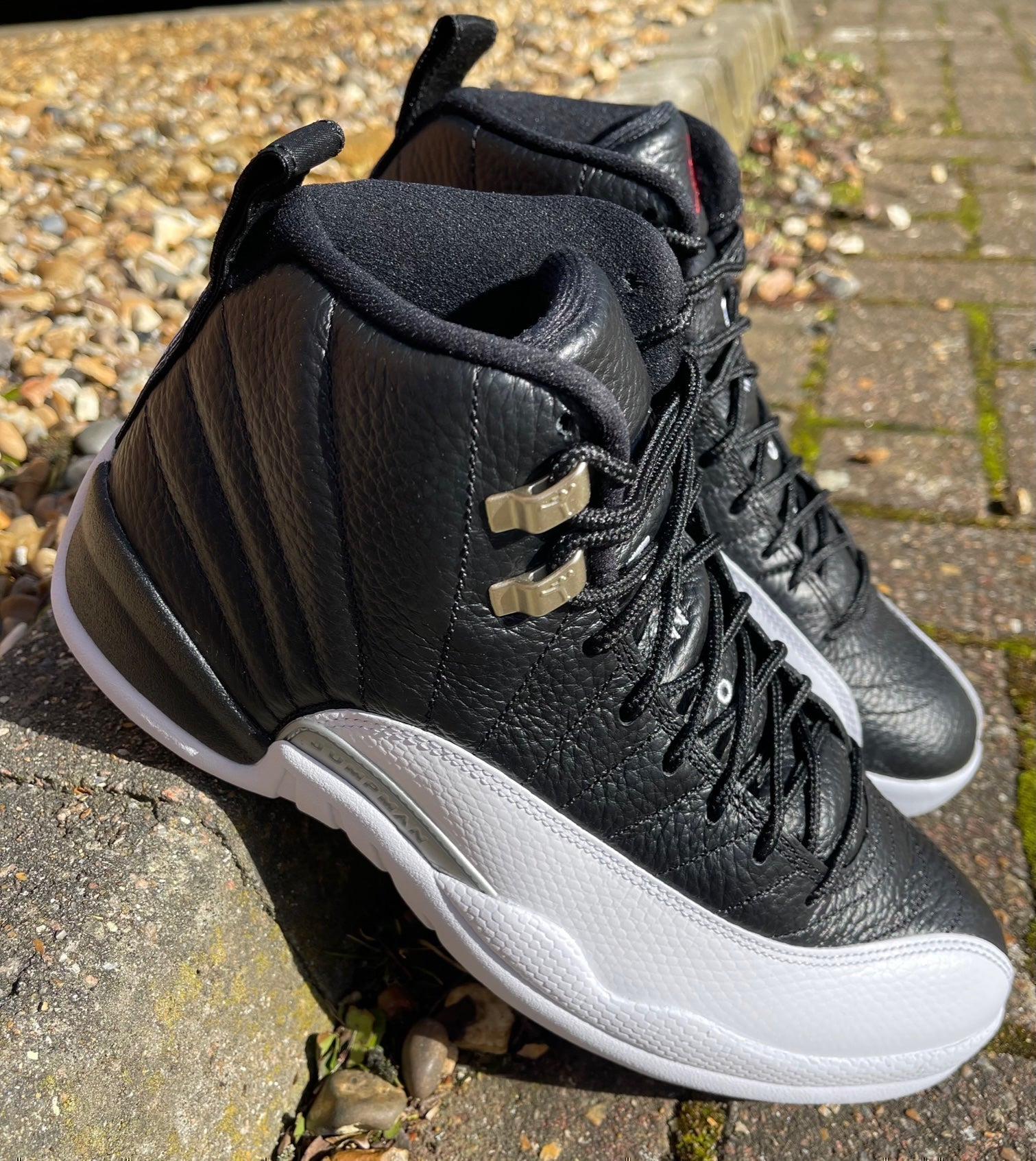
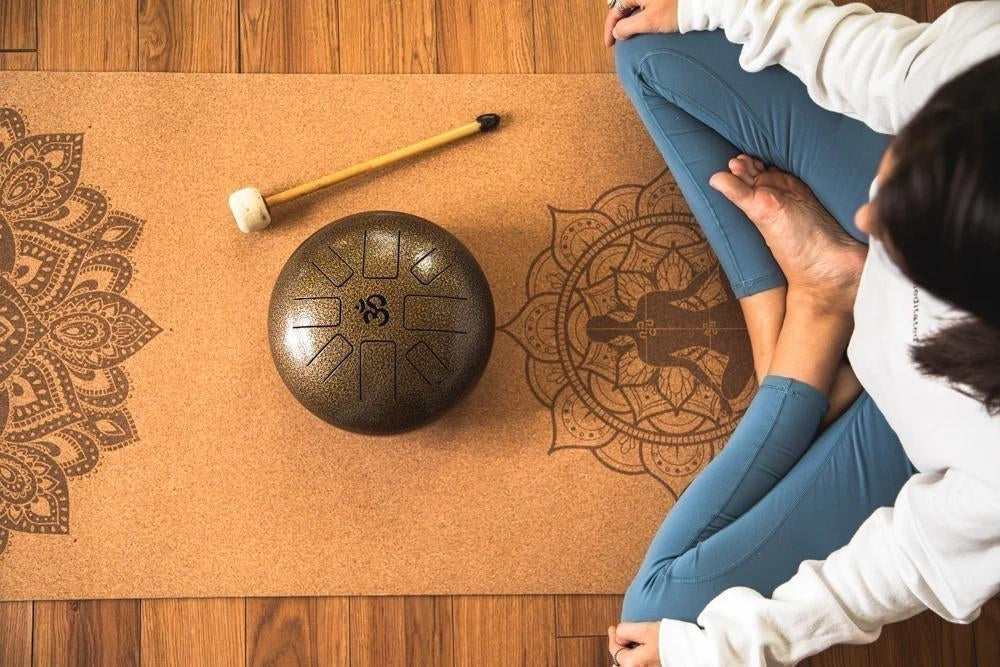
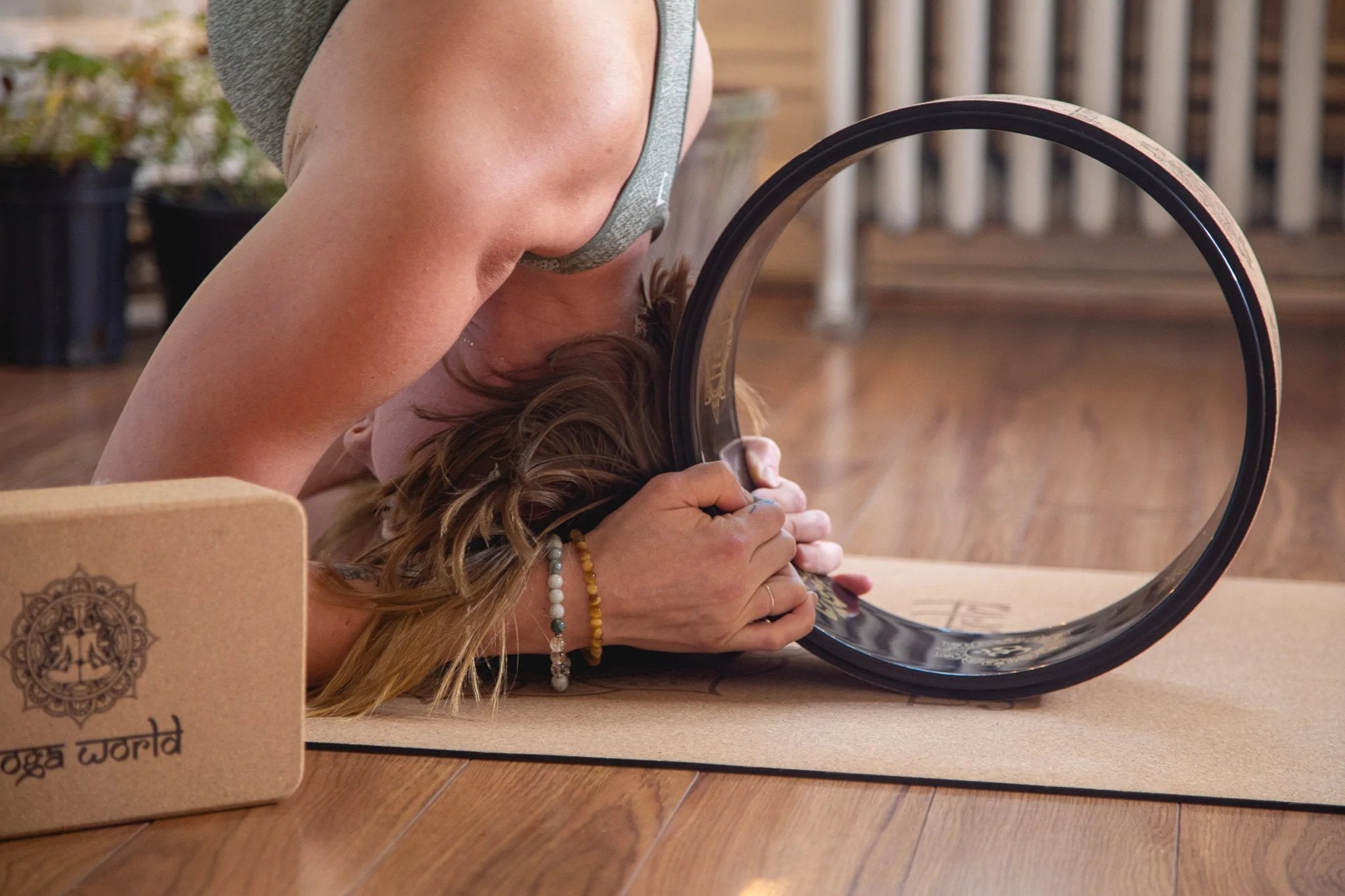
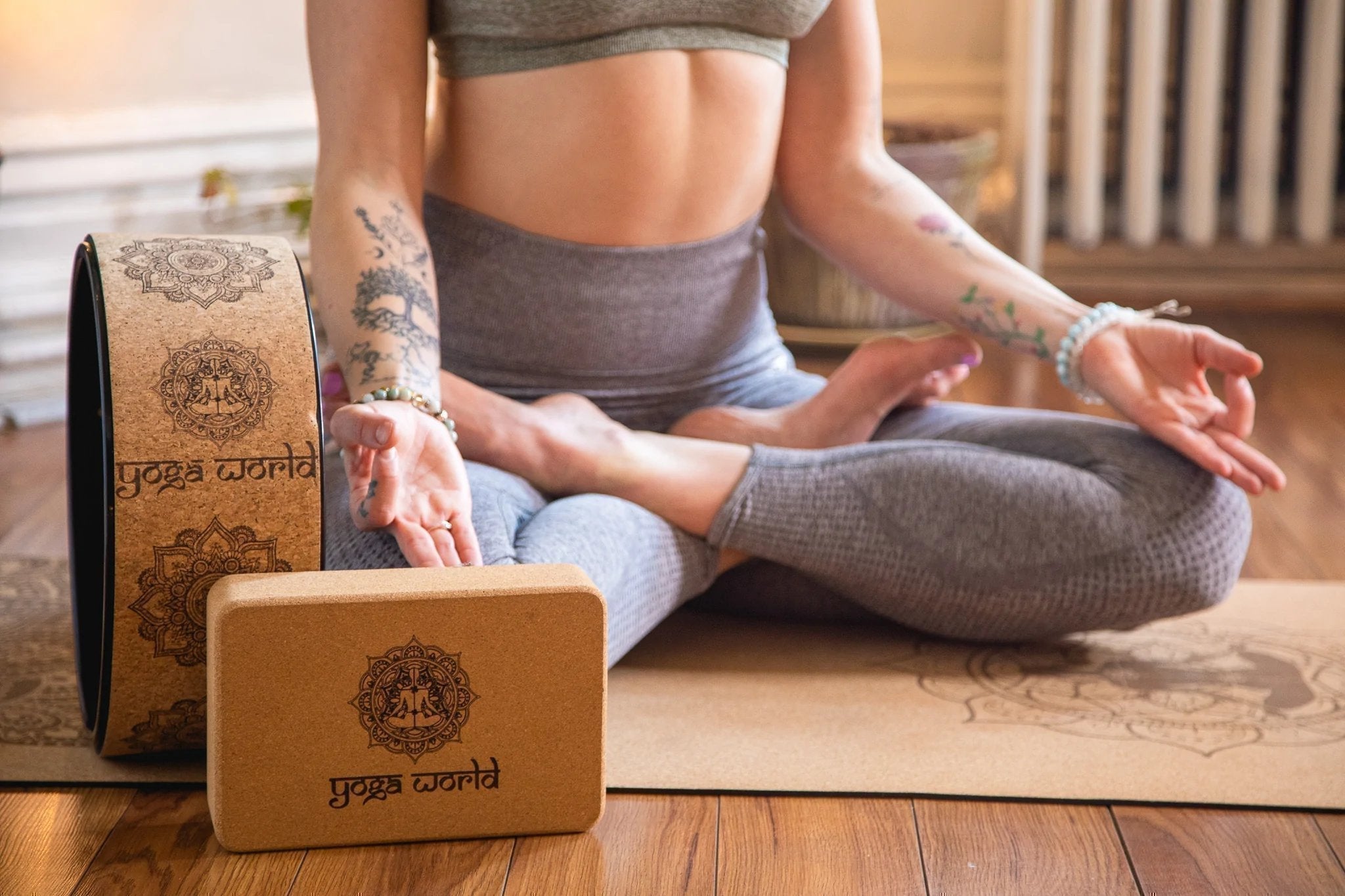
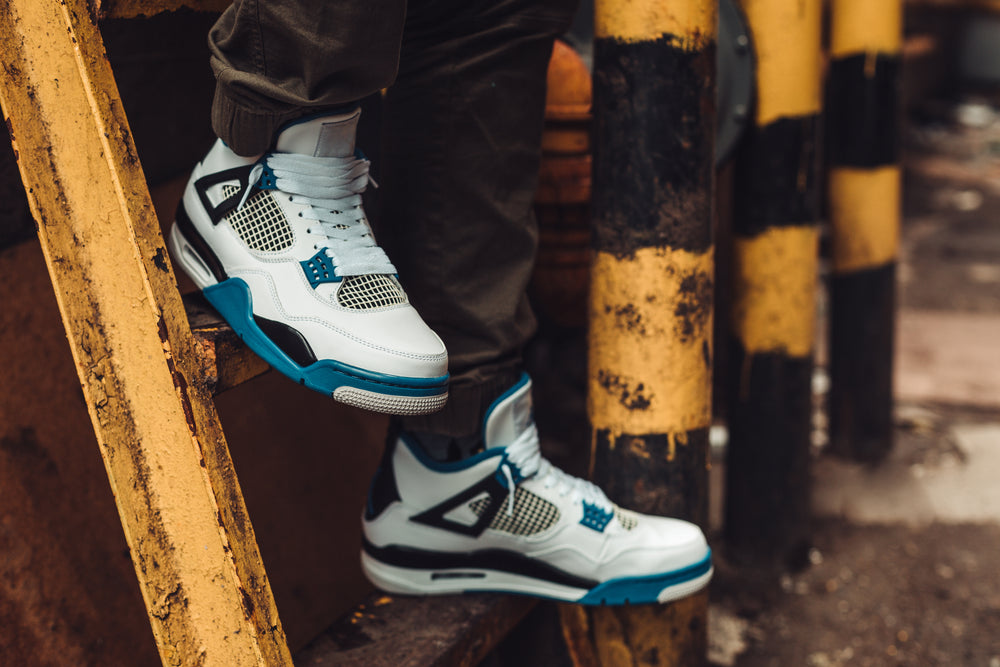




Leave a comment